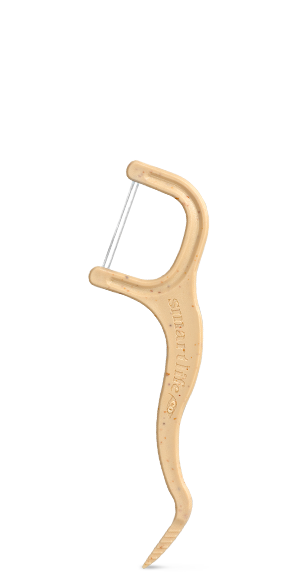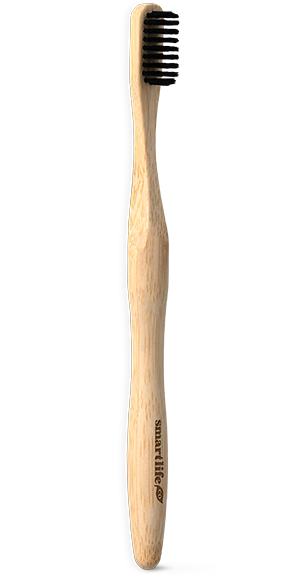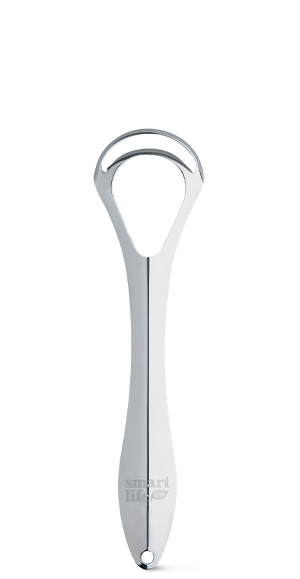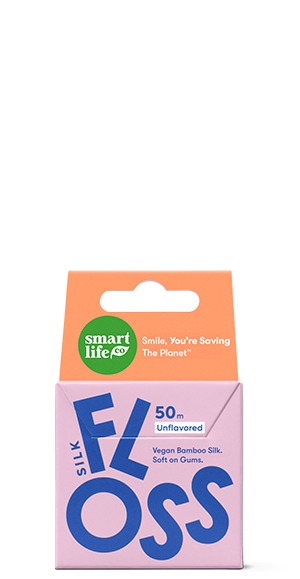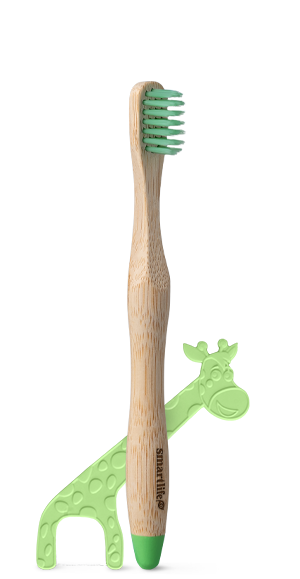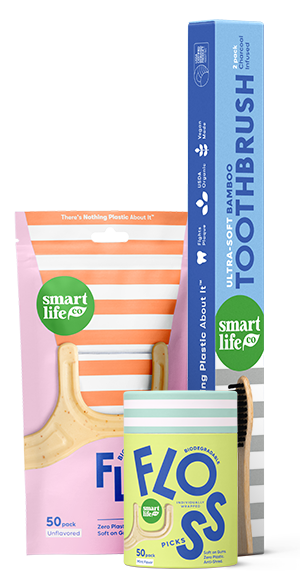Wanting to live more sustainably is a good place to begin, but good intentions alone won't make eco-friendly habits that last. Many people start strong, only to fall back into their usual routines within a few weeks. The trick to lasting change isn’t just motivation, it’s strategy. When you break down eco-friendly goals into simple, consistent actions, you give yourself a real shot at forming lasting habits.
In this article, you’ll learn how to create eco-friendly habits that last, starting with clear goals and ending with strategies that naturally fit your lifestyle.
Set Specific Goals
Broad goals like "be more sustainable" often lose steam because they’re too vague. To create real momentum, zoom in on your objectives. Choose one manageable action you can implement now, like switching from plastic to bamboo toothbrushes. It’s small but tangible, and it sets a clear direction daily.
You might also commit to adding eco-friendly floss picks to your nightly routine. These simple swaps are easier to maintain when you tie them to specific outcomes: less plastic waste, a cleaner bathroom aesthetic, or a better feeling in your mouth.
Use a goal-setting template or worksheet to outline your actions, why they matter to you, and what success looks like. A physical reminder on your fridge or mirror keeps your goals visible, and that visibility drives action. Start with one goal and build from there; trying to change too much at once can lead to burnout.
Stack New Habits Onto Existing Ones
Changing your behavior is much easier when you don’t start from scratch. Habit stacking, a strategy where you tie a new habit to something you already do, helps reduce resistance.
For instance, when brushing your teeth, you could add in a quick scrape with a tongue scraper. Or maybe you place silk floss next to your toothbrush so it becomes part of your daily routine without requiring extra thought.
For families, consider slipping flossers into your child’s lunchbox. That one move can gently nudge them toward forming their own eco-conscious habits without needing a big conversation every day.
You can also apply habit stacking to household chores. For example, after starting the dishwasher each night, you might wipe down counters with a reusable cloth instead of paper towels. The more often you pair habits, the less energy it takes to follow through with them.
Use Visual Cues To Stay on Track
Visual cues help bridge the gap between your intentions and your actions. Instead of storing reusable items in a drawer, place them where they’re easy to grab.
Try putting a countertop display for bamboo toothbrushes or a clear container of reusable cotton rounds by your bathroom sink. If you keep a bin of clean cloth napkins or lunch containers near the kitchen counter, you’ll be more likely to use them. These visual prompts turn sustainability from a vague idea into a daily, visible practice.
You can also label containers or create small reminder signs near entryways or sinks. A note by the door reminding you to grab your reusable bag or water bottle can mean the difference between using it and forgetting it.
Track Progress and Reinforce Small Wins
You don’t need a bullet journal to build momentum, just a system that helps you see your progress. Tracking reinforces your commitment and turns a habit into a part of your identity.
Use a simple checklist on your fridge, a sticky note calendar, or a habit tracker app to monitor consistency. Each checkmark reinforces your progress. Over time, you’ll associate these actions, like reaching for a reusable container instead of a zip-top bag, with who you are, not just what you do.
Small wins matter, so celebrate them. If you used a reusable cup all week or finally finished the last of your single-use floss picks, that’s a step forward. Give yourself credit where it’s due.
You can even take it one step further by sharing your wins with friends or family. A little accountability and encouragement go a long way in helping new habits take root.
Expect Setbacks and Keep Going
No one sticks to a new habit perfectly, and that’s not failure; it’s just life. The real key is not letting a slip-up spiral into giving up altogether. One day of forgetting doesn’t erase your effort.
Instead, try to notice what caused the lapse. Were you in a rush? Did you run out of flossers? Identify the trigger and plan around it, without beating yourself up.
Reframe green actions as an extension of your values, not a to-do list. Making sustainable choices in everyday life becomes easier when you treat those choices as part of your identity, "I’m someone who reduces waste," rather than something you’re checking off. This internal shift fuels consistency even when external circumstances shift.
There will be days when you forget or feel overwhelmed, but showing up again the next day is what counts. Flexibility and self-compassion make all the difference.
Make It Easy, Make It Meaningful
The best green habits don’t overhaul your life, they complement it. When a sustainable swap fits into your day naturally, it’s far more likely to last. Think of the changes that feel frictionless: choosing bamboo toothbrushes that arrive on a subscription plan or keeping reusable bags stashed in your car’s glovebox.
Meaning also drives motivation. Instead of focusing on what you’re giving up, focus on what you’re contributing to: cleaner oceans, healthier communities, and fewer toxins in your home.
Sustainability works best when it becomes a natural part of your day, not an all-or-nothing commitment. Your choices are more likely to stick if they feel manageable and relevant. One example is living sustainably without going off the grid, which emphasizes practical changes that fit into your lifestyle rather than extreme shifts.
Give yourself room to experiment. Try new tools, adjust routines, and see what sticks.
Not everything will, but the things that do will form the backbone of your new normal.
Sustainable living is about showing up with intention, again and again, until your actions match your values. When you start small, stay consistent, and give yourself the grace to learn along the way, green habits stop feeling like chores and start feeling like second nature.
